How to read a champagne label
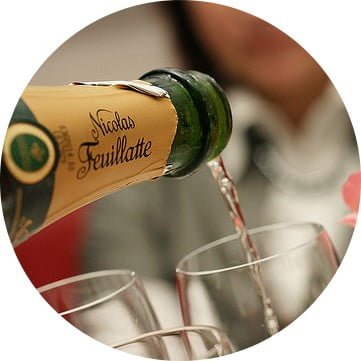 Sitting in a silver bucket, surrounded by ice and water is a bottle of Veuve Clicquot – or Dom Perignon, or Moët… It’s the perfect temperature ; ready to be un-corked and poured into your crystal champagne flute.
Sitting in a silver bucket, surrounded by ice and water is a bottle of Veuve Clicquot – or Dom Perignon, or Moët… It’s the perfect temperature ; ready to be un-corked and poured into your crystal champagne flute.
The bubbles threaten to overflow your glass as your waiter carefully fills the flute. The anticipation of the dry taste accompanied by flirty bubbles builds as you raise your glass. You take your first sip.
Thank heavens for champagne. It could very well be the secret to happiness, but the choice can often be overwhelming. As much as we all love a glass at a wedding, Christmas or even just at dinner, reading a champagne label can sometimes feel like reading another language.
So before you chill your bottle of bubbles, here are a few hints on what to look for when reading a champagne label.
1. Cuvée, 2. Type of producer, 3. Brand, 4. Location
1. Types of champagne
There are three main types of Champagne: Blanc de Blanc, Blanc de Noir and Rosé.
Blanc de Blanc is made entirely from Chardonnay grapes. It’s perfect for light appetisers or entrées, such as seafood and soups. The light, dry blanc de blanc is also a popular apéritif.
Blanc de Noir is made from one of two dark grape varieties, Pinot Noir or Pinot Meunier. It is generally full-bodied and has a much deeper yellow-gold hue. This drop is perfect for strong flavours like meats and cheeses.
Finally there is Rosé, which can be made in two different ways.
The traditional method involves adding red wine to the mix before the second fermentation, but it can also be made by pressing the grape skins with the juices before the fermentation process.
2. Sweet or dry?
Champagne caters to various tastes. Sweet champagnes can accompany desserts, while the drier types are best served with your main meal.
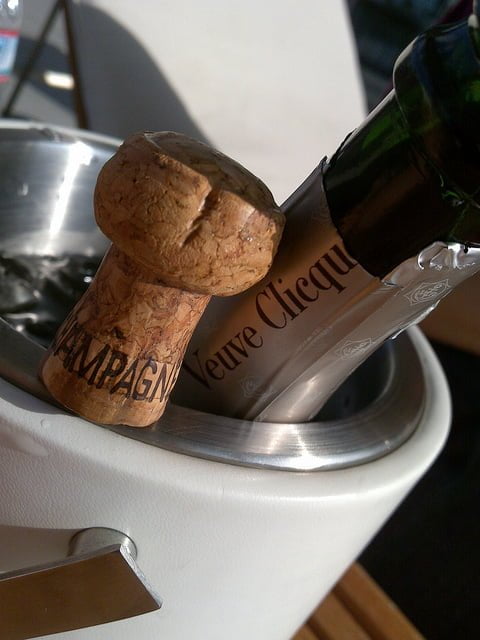
Brut cuvée is a very popular type of champagne; it is also rather dry and can be served with savory food.
Sec literally means dry, but this type of champagne generally has higher sugar level than Brut.
If dry is too much, Demi-Sec is a medium dry and may be easier to swallow for those with a preference for sweeter wines.
Doux is the sweetest champagne. Far too sweet to be served with dinner, this drop is best enjoyed with desert.
En bref, choose a Sec, Demi-sec or Doux to accompany dessert, and opt for a Brut if you’re looking for a champagne to enjoy with dinner.
3. Vintage vs non-vintage
For a champagne to be vintage it must be made entirely from grapes harvested in that year. Most champagne, however, is non-vintage. This means it is a mixture of several different vintages, rather than from just one harvest.
This is done to protect against a bad harvest. This practice has always been in place, with all Champagne producers setting aside at least 20% of their wine for use in non-vintage products.
A vintage champagne will be at least three years old as it can’t be sold before then. They are often more expensive that their non-vintage counterparts.
4. Type of producer
Champagne can be made by anyone, so long as it is produced in the Champagne region. If you look for the two initials at the bottom of the label you will see how that wine was sourced and produced.
NM: Négociant-Manipulant producers buy grapes from growers and use them to blend and produce large quantities of Champagne. G. H Mumm, Moët et Chandon and Veuve Clicquot are all négociant-manipulant brands.
RM: Récoltant-Manipulant are growers that produce and sell their own Champagne. They sometimes buy and sell grapes too. Many artisan Champagne producers like Marc Chauvet are Récoltant-Manipulants.
CM: Coopérative-Manipulant growers combine their grapes and sell them to houses, and they also make and sell Champagne – Réné Collet is one such brand.
RC: Récoltant-Cooperative growers sell Champagne and grapes to other houses. They also sell champagne under their own label but produce it as part of a cooperative.
SR: Société de Récoltants are family businesses whose wines are harvested and produced exclusively by the family.
ND: Négociant Distributeur buy finished wines and label them on their own premise.
MA: Marque d’Acheteur or Buyer’s Own Brand (BOB), is wine made and labeled in the Champagne region. The producer’s name is on the bottle but the brand name is that of the wholesaler, restaurant or supermarket who commissioned it.
Most champagne will fall in the first three categories, however if you are in France you will have a much better chance of finding a champagne made by one of the different types of producers.
5. Other information that might be found on the label:
The next step is to look closely at the ‘fine print’ of the label. Starting with the brand which is, bien sûr, very important. The brand is the central feature.
The location will also be displayed: aside from the name of the town the bottle should say ‘Champagne’. Other sparkling wines have the name of the wine instead – i.e. blanc de noir or pinot chardonnay.
It is also good to know the bottle size, the year the wine was produced and the specific name of the blend.
Some bottles of Champagne also give a disgorgement date on the back of the label. This is useful as it helps determine whether the wine should be drunk sooner rather than later. The disgorgement date refers to when the dead yeast was removed from the Champagne after its second fermentation.
Now you know how to read a champagne label, you can choose the perfect bottle of champagne for your perfect soirée.
What is your favourite champagne? This conversation is missing your voice, share your opinions in the comments box below.
Image Credits1. Champagne by Sergey Melkonov, via Flickr.
2. Perrier Jouet by Thomas Hawk, via Flickr.
3. Cliquot in Dallas at W by atl10trader, via Flickr.
4. Golden Vines by Eole Wind, via Flickr.
5. Moet & Chandon by FraserElliot, via Flickr.

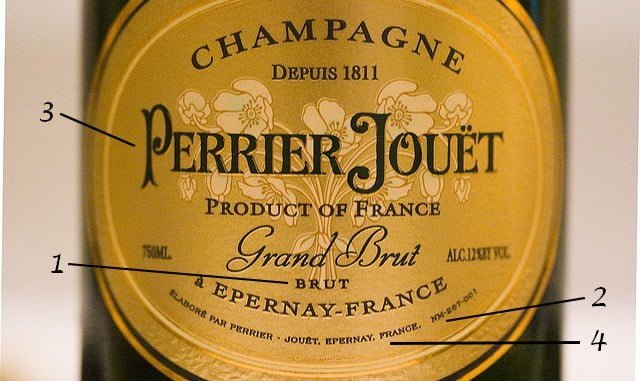
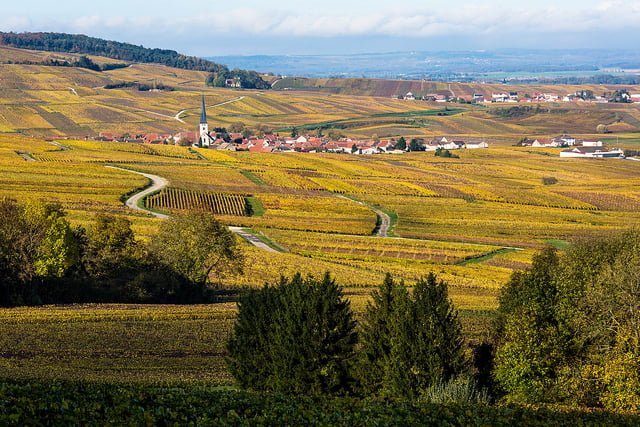
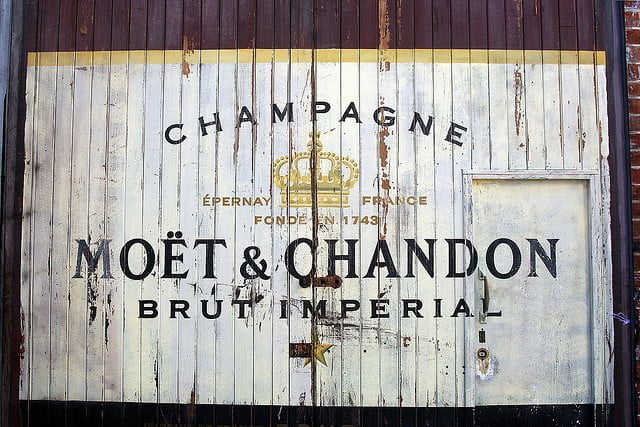






Very useful… I just might have to go out and buy a bottle (or two) now. You know, for practice.
yes, exactly! Practice makes perfect and making mistakes it the only way to learn! Many, many bubbly mistakes…
Thank you so much! So much I never knew, and I lived in the Champagne region! Now, to marry into a Société de Récoltants…